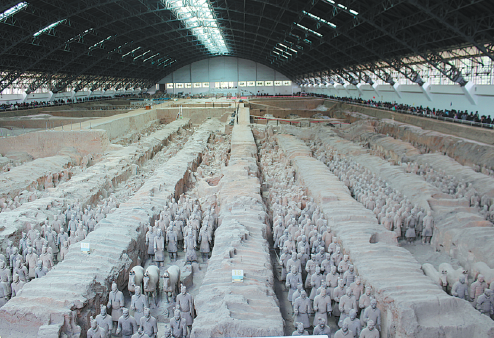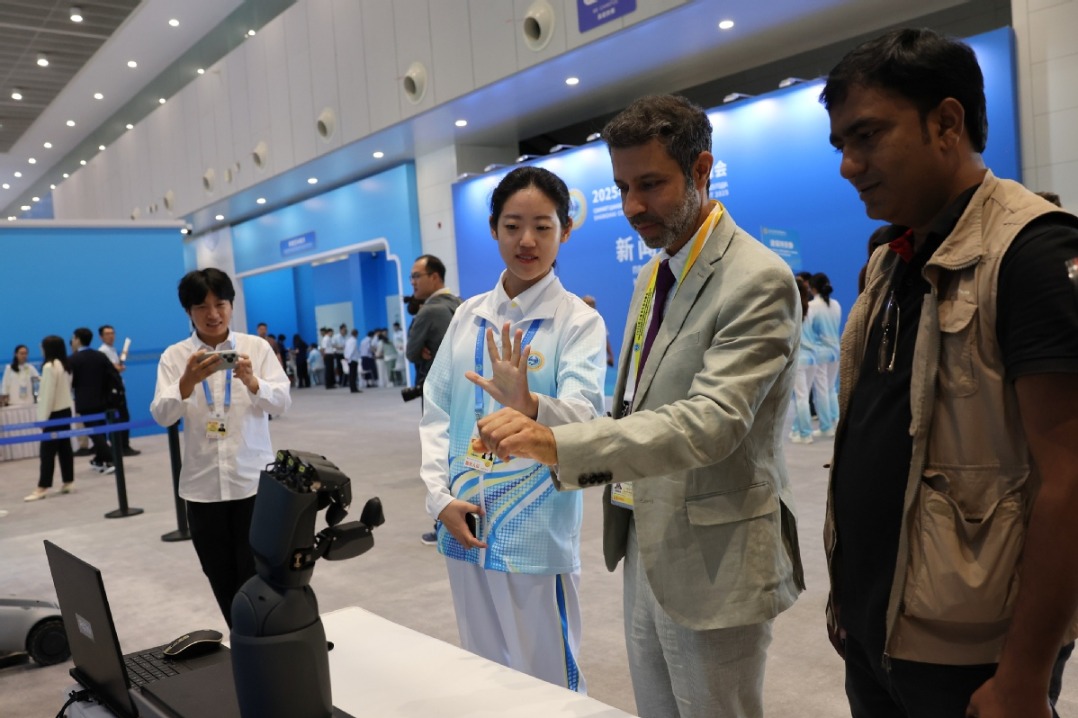Archaeologists uncover rare sheep-drawn carriage in Xi'an


A rare sheep-drawn chariot was excavated at the western tomb of Emperor Qinshihuang's Mausoleum site recently in Xi'an, Shaanxi province, which helps further research on ancient Chinese vehicles.
At the burial pit, six sheep were lined up in a row. Although the body of the chariot has ceased to exist, the accessories used for pulling the chariot were still preserved on the sheep's bones, so archaeologists inferred that it was a sheep-drawn chariot, according to Jiang Wenxiao, who is in charge of the western tomb's archaeological excavations, at the fourth China Archaeological Congress held in the city from Monday to Wednesday.
In ancient China, people often traveled by horse-drawn and ox-drawn carts, so a large number of such relics have been unearthed. The discovery of a sheep-drawn chariot is extremely rare.
Emperor Sima Yan of the Western Jin Dynasty (265-316) rode a sheep-drawn cart every night, and when the cart stopped at a palace he would sleep there, according to a Chinese idiom. It was the first historical record of sheep-drawn chariot.
- Belgian cyclist completes epic journey to Shanghai
- China issues alert on overseas study in Philippines
- Liaoning Port Group launches 'durian express' shipping service
- Well-known wild Siberian tiger spotted, thriving in NE China
- How Xi promotes sustainable development cooperation with SCO partners
- How Xi pushes for building common home of peace for SCO





































